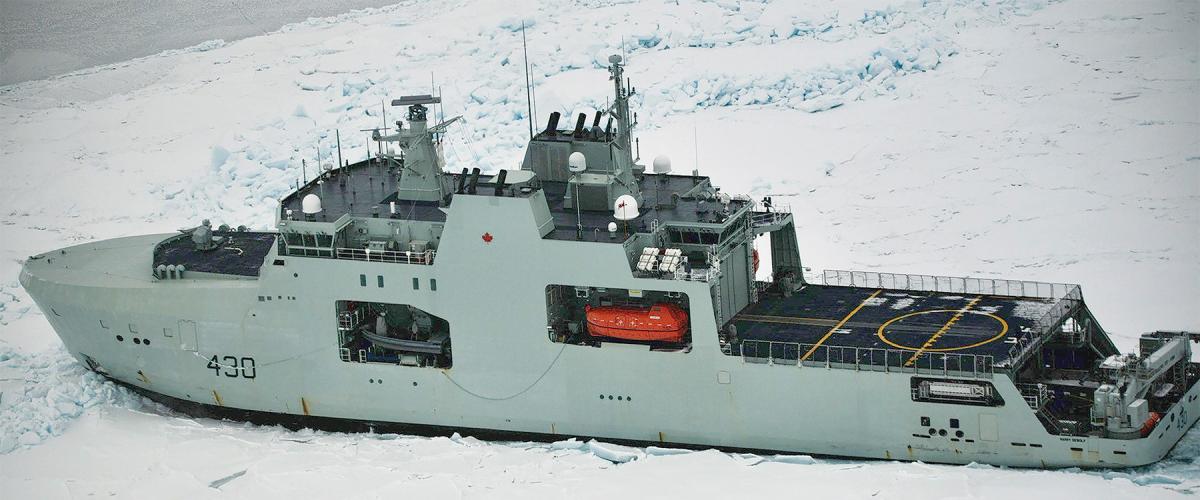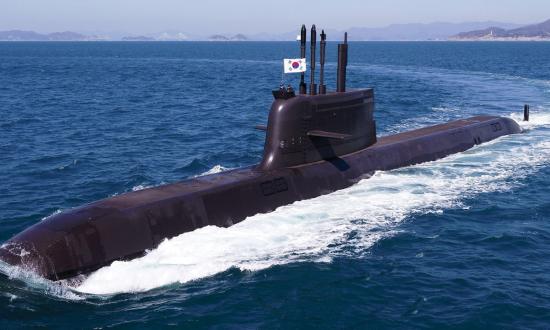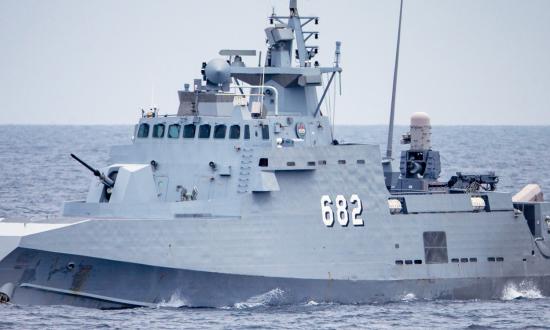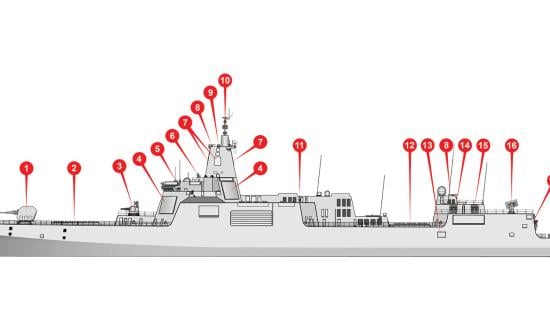The Harry DeWolf–class Arctic and offshore patrol vessels (AOPVs) are tasked with armed seaborne surveillance in Canada’s exclusive economic zone and enforcement of Canadian sovereignty. The AOPVs form an important part of Canada’s National Shipbuilding Strategy, which is designed to invest in domestic shipbuilding while revitalizing the aging fleet. A total of eight AOPVs are planned for service by the late 2020s. Six are being built for the Royal Canadian Navy while two modified units are planned for the Canadian Coast Guard to conduct fisheries patrols and other missions.
Named for Canadian naval heroes, the Harry DeWolf class displaces 6,660 tons and measures 338 feet long with a 62-foot beam and 19-foot draft. The design is based on the Norwegian patrol ship Svalbard. The vessels carry a crew of 65, with sufficient space for 20 additional mission-specific personnel. Powered by diesel-electric propulsion incorporating two 4.5 megawatt diesels linked with two shafts, the class has a top speed of 17 knots (3 knots breaking ice) and a range of 6,800 nautical miles. The AOPV hull is rated at Polar Class (PC) 5 while the bow, with an enclosed forecastle to provide protection from the Arctic environment, is strengthened to PC 4. These specifications permit breaking of ice up to 1 meter deep and year-round operations in medium first-year ice.
The AOPVs are fitted with a bow thruster for enhanced maneuverability and active fin stabilizers that can reduce roll during blue-water sailing or retract for in-ice operations. The ships have a hangar for one CH-148 Cyclone or similar sized helicopter and can carry two 28-foot fast interceptor boats. The ships have a cargo bay for vehicles such as snowmobiles and other payloads, which can be loaded via a 3-ton or 20-ton crane fitted at their stern.
The Harry DeWolf class carries a Scanter 6002 naval surveillance radar and CMS 330 combat management system. Naval AOPVs are armed with a remotely controlled Mk 38 25-mm gun, modified for cold-weather operations, while the two Coast Guard vessels are expected to remain unarmed.
Work on namesake HMCS Harry DeWolf began in September 2015 at Irving Shipyard in Halifax, Nova Scotia. This was followed by steel cutting for sister ships: the Margaret Brooke in August 2016, the Max Bernays in December 2017, the William Hall in May 2019, the Frédérick Rolette in May 2021, and the Robert Hampton Gray in August 2022. Construction is set to begin on the first Canadian Coast Guard AOPV later this summer. The lead ship, the Harry DeWolf, was delivered on 31 January 2020, and she was commissioned on 26 June 2021. The second and third units were delivered in July 2021 and September 2022, respectively. Deliveries of the fourth, fifth, and six AOPVs are planned between 2023 and 2025. The two Coast Guard vessels are expected to be commissioned in 2026 and 2027.







